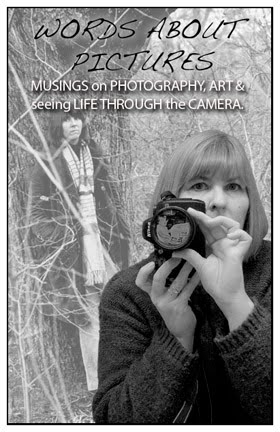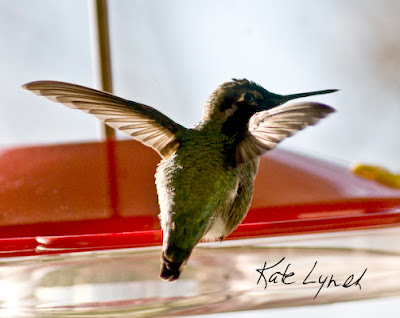Every year I spend hours and hours designing new holiday cards and calendars. Last year I realized that people just don't send cards like they used to and don't buy calendars either. So many organizations give really wonderful calendars to contributors, that people won't spend what it cost me to produce a calendar. A couple of years, I received five free calendars in the mail – beautiful ones. So last year I donated four of my photographs to the
Puget Sound Clean Air Agency for their calendar. They gave me several which I handed out to friends and neighbors. This year they can't budget for a calendar (bummer), so I'm producing my own again. I donated use of one of my most popular images – a panoramic of
Ruston Way waterfront – to the agency for their efforts to reduce air pollution in Tacoma (a worthy cause).
Still, people ask me about holiday cards and calendars, so I came up with a selection of favorites. I can't afford to keep an inventory on-hand anymore though. A couple of years ago, I discovered that Zazzle.com does a very nice job of hosting my cards and calendars which can be customized at no additional cost. Cool!
So I posted my 2012 calendar, created a new holiday card, and updated four favorites. Something new I'm doing this year is adding a description on the back of the card. All of the images I choose for holiday cards are meaningful to me. I hope you are moved somehow by the image itself, but people tell me that they enjoy hearing about the stories behind the images. This post will be a bit longer because I want to share the story that goes with the image at the top of this post.
The calendars are 25% off through Halloween when you buy two or more. Zazzle just had a half off pre-holiday sale on cards. I'm hoping they'll have another sale in a couple of weeks. Check out my
Holiday Cards & Calendars.
Anybody Home?
Ireland is the land of my ancestors. In 1984, I journeyed there, in part to
honor the memory of my parents who passed away a couple of years earlier.
I photographed the doorway in this image in Kilkenny, Ireland – a place
that feels very much like home.
The Sequalitchew Creek woodland in DuPont, Washington – the ancestral
home of the First People of the Nisqually River delta – is also a place that
feels very much like home.
This photo illustration combines two images that fit together – if only in
my imagination – creating a visual representation of my journey
from a place of origin to a place of destiny.
Places that feel very much like home.



















































